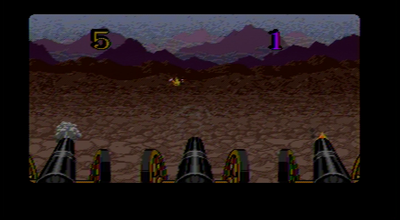


Air Force the task of improving the nation's air defense system. As a part of the process, the DoD assigned the U.S. These perceptions compelled the Department of Defense (DoD) to reevaluate the nation's defenses against nuclear attack. That Stalin might use nuclear weapons seemed entirely plausible. Stories about Joseph Stalin's purges and labor camps, though incomplete, further enhanced the feeling of dread. The Soviet Union's atomic bomb ended this period of complacency, and the USSR became the Red Menace. Americans had felt invulnerable, and efforts to maintain military installations had been reduced to minimal levels.

The United States had grown accustomed to having a monopoly on nuclear weapons. Today, these perceptions and actions might seem unrealistic and excessive, but in 1949 these fears were very real. Civil defense groups built air-raid shelters, and parents trained their children for the possibility of a nuclear war. This panel formally concluded that the USSR had exploded its first atomic bomb, code-named Joe-1, on August 29, 1949.Ī sense of fear and helplessness began to pervade the United States. On September 19, Vannevar Bush, then president of the Carnegie Institution, convened a special panel in Washington, D.C. Each of the tests confirmed high levels of radioactivity. Independent tests were conducted by the Los Alamos Scientific Laboratory, by the British Atomic Energy Authority on airborne samples collected north of Scotland, and by the Naval Research Laboratory on rainwater collected in Kodiak, Alaska, and in Washington, D.C. The radioactive filter paper samples were flown to a lab in Berkeley, California, and the test results were reported to the Air Force. Nevertheless, the United States began routine monitoring to detect atomic explosions in the Soviet Union. The consensus was that the Soviets were still about three years away from completing a working atomic bomb. Intelligence sources in the United States reported that scientists in the Soviet Union were pushing hard to develop a nuclear capability, but it appeared that they were having trouble. Photograph courtesy of the Federation of American Scientists. Lincoln Laboratory Journal Toggle menu section.Lincoln Laboratory Publications Toggle menu section.Administrative and Support Excellence Awards.Early Career Technical Achievement Awards.Lincoln Laboratory Technical Excellence Awards.Awards & Recognition Toggle menu section.SAGE: Semi-Automatic Ground Environment Air Defense System.


 0 kommentar(er)
0 kommentar(er)
